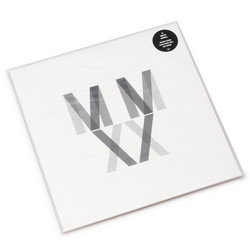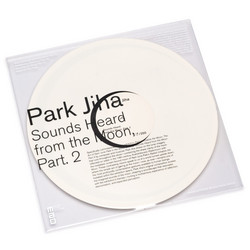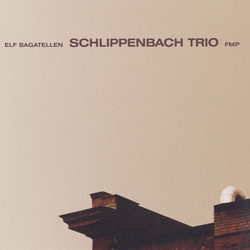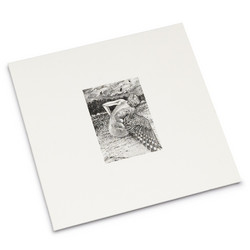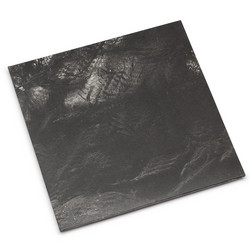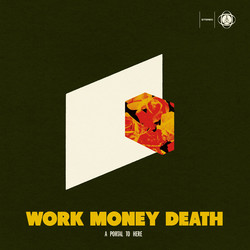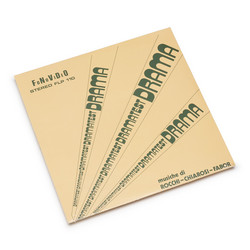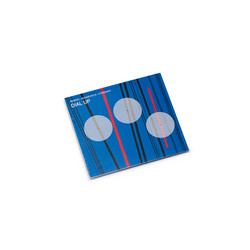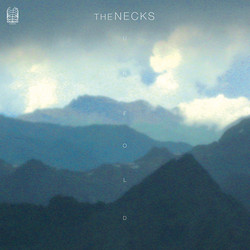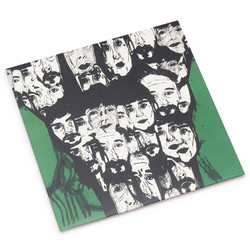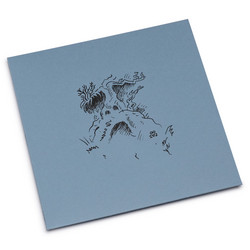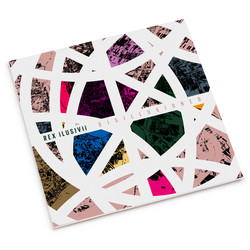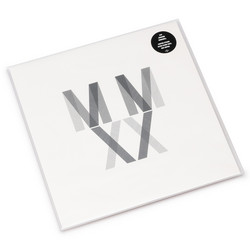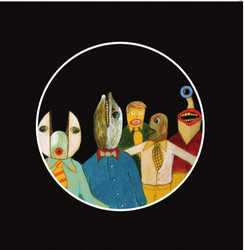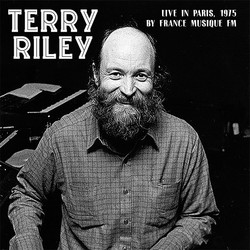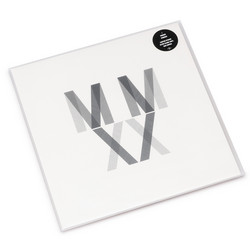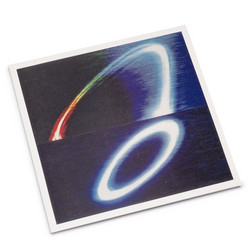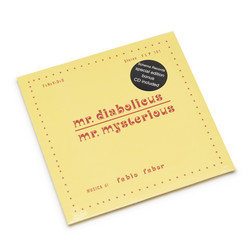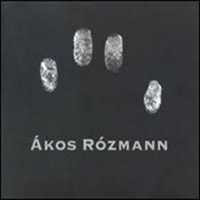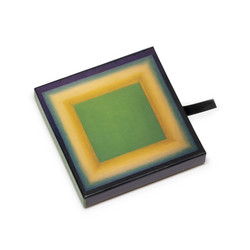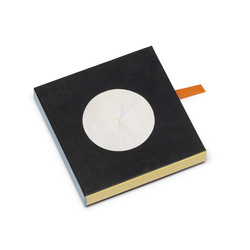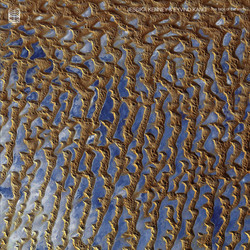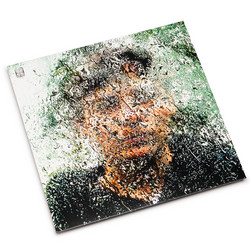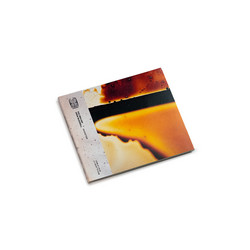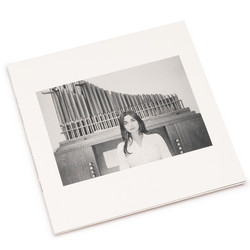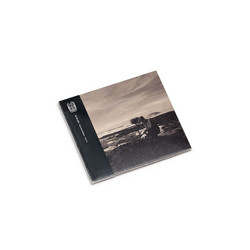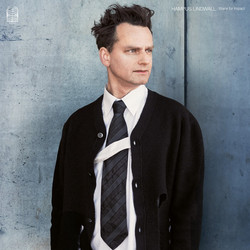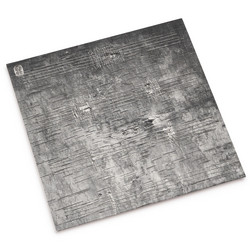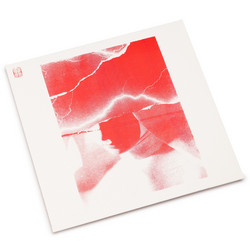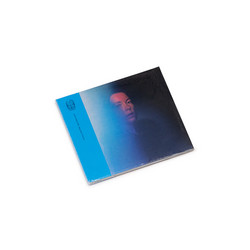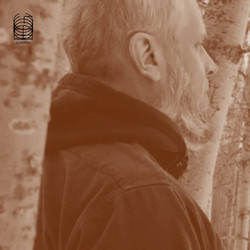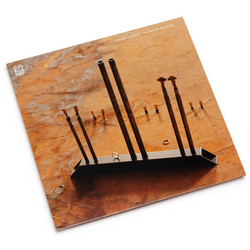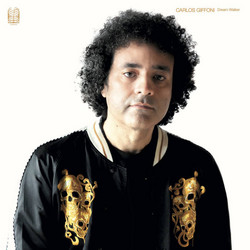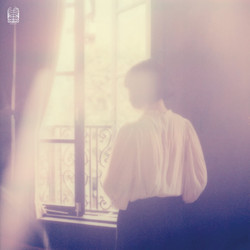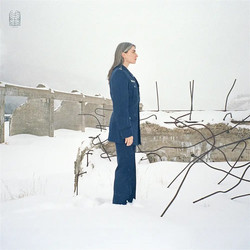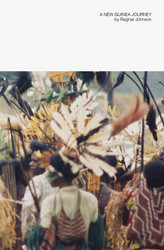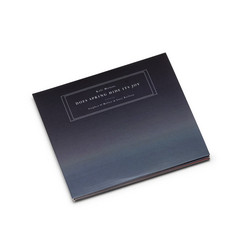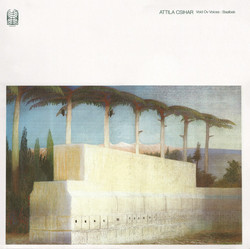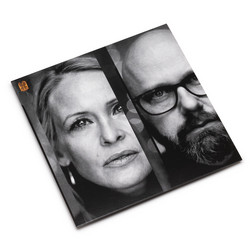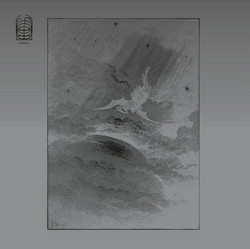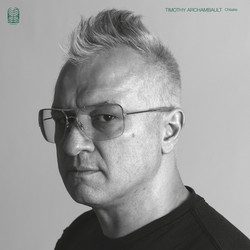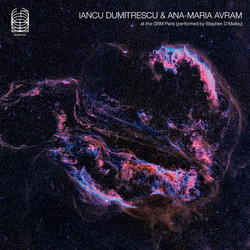Last copies, sold out at source: this recording is the fourth version of Images of the Dream and Death by ÃÂÂÂÂÂkos Rozmann; revised at EMS/Elektronmusikstudion, Stockholm in 2001 for a performance in Essen. The first version was realized with Buchla synthesizer at the State Academy of Music, EMS/Elektronmusikstudion, Stockholm 1974-1977 (released on Phono Suecia as PS 27, 1986); the third version in April 1990 (released on Phono Suecia as PSCD 27, 1991). Images of the Dream and Death. "My intention in composing this work was, with the aid of sound, EMS, and the studio of the State Academy of Music in Stockholm between August 1974 and June 1977, to portray good and evil. I failed, however, to depict good 'idealistically.' The figures which I use here are always characteristic of deserted, anxious, weeping humanity. When I conjure forth the good in the introduction to a piece, other 'forces' soon make themselves felt. The beginning of the third movement, for example, reminds one of the sound of distant bells. These approaching impulses inspire peace and serenity, but all the alien elements which then reveal themselves stand in the way of 'development'; their impact is devastating. The sound of the bells becomes muddied, it is transferred beyond recognition and finally ceases. With my composition I seek to describe a process. The main emphasis is on the two contrary elements declaring themselves simultaneously, and on a scrutiny of the changes which occur when they interact. First movement: 'sounds' characterizing various 'types' (good and evil) -- cries, weeping, shrieks, growls, etc. -- occur at random and are linked together by noise, movements, beats, etc. Second movement: this portrays various forms of matter and various phenomena connected with our existence: a. earth b. water c. movement-energy. The structure of movements two and three is characterized by the different blocks accompanying one another. Each block is a fully worked-out unit, the meaning of which depends on the position it occupies in the development of the composition. Third movement: the 'sound types' from movement one now constitute different groups. Among them we find blocks denoting the good (e.g. the sound of bells) or evil (e.g. metallic rattling, violent blows, the knocking of wood-like objects). The antitheses discernible between the musical units are a new element." --ÃÂÂÂÂÂkos Rozmann (from Nutida Musik nr. 3 1977/78) ÃÂÂÂÂÂkos Rózmann was born in Hungary in 1939. He studied composition and took his organist's and composer's diploma at the Liszt Academy in Budapest. Between 1971 and 1974 he studied composition with Ingvar Lidholm at the State Academy of Music in Stockholm. He became organist of the Catholic Cathedral in Stockholm in 1978. Composed & produced by ÃÂÂÂÂÂkos Rózmann. Vinyl cut by Rashad Becker at Dubplates & Mastering, Berlin, April 2013. Cover painting by Ferenc Füzeskuti. Rózmann's portrait by Per B. Adolphson. Liner notes by Jim O'Rourke and Mats Lindstrom.
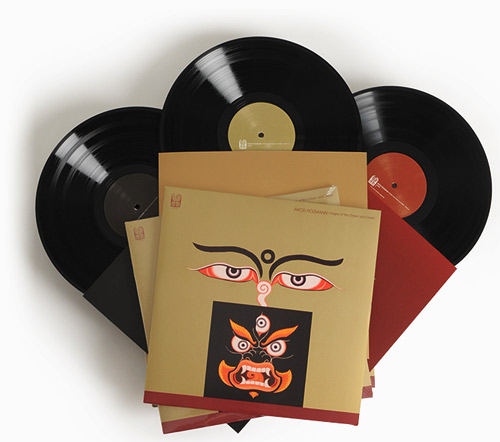
his recording is the 4th version of Images of the Dream and Death; revised at EMS/Elektronmusikstudion, Stockholm 2001 for a performance in Essen
The 1st version was realized with Buchla synthesizer at the State Academy of Music, EMS/Elektronmusikstudion, Stockholm 1974-77 (released on Phono Suecia as PS 27, 1986); the 3rd version in April 1990 (released on Phono Suecia as PSCD 27, 1991).
Vinyl cut at Dubplates & Mastering Berlin, April 2013.

